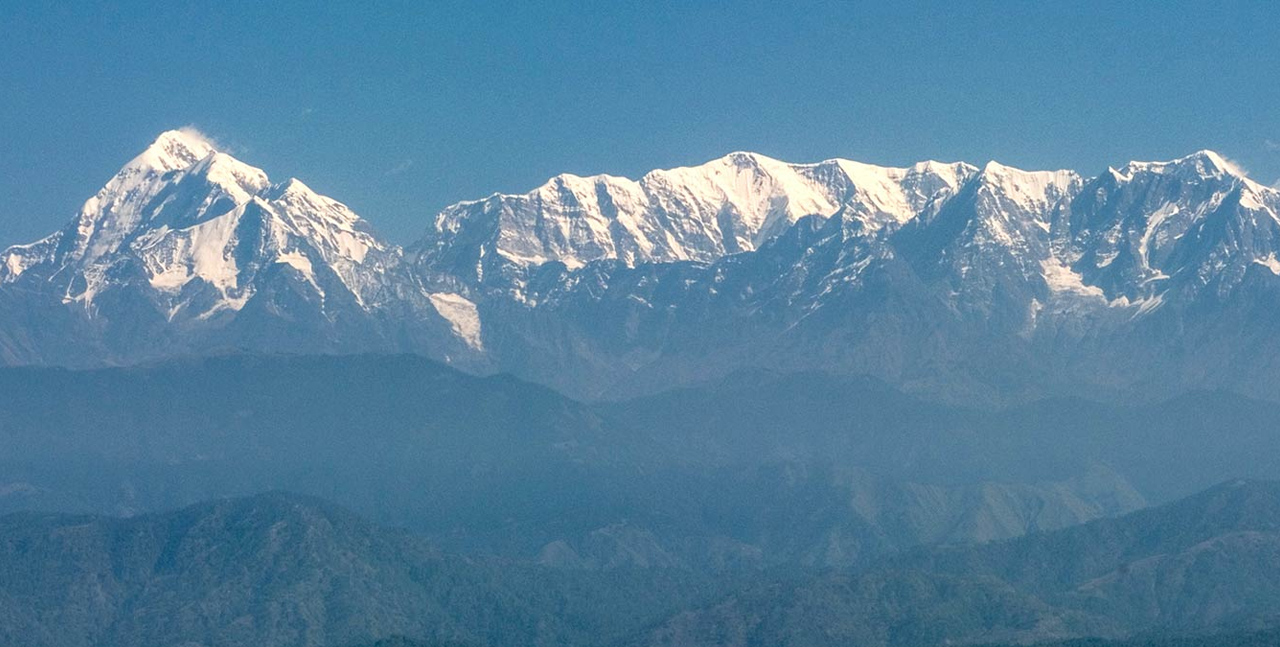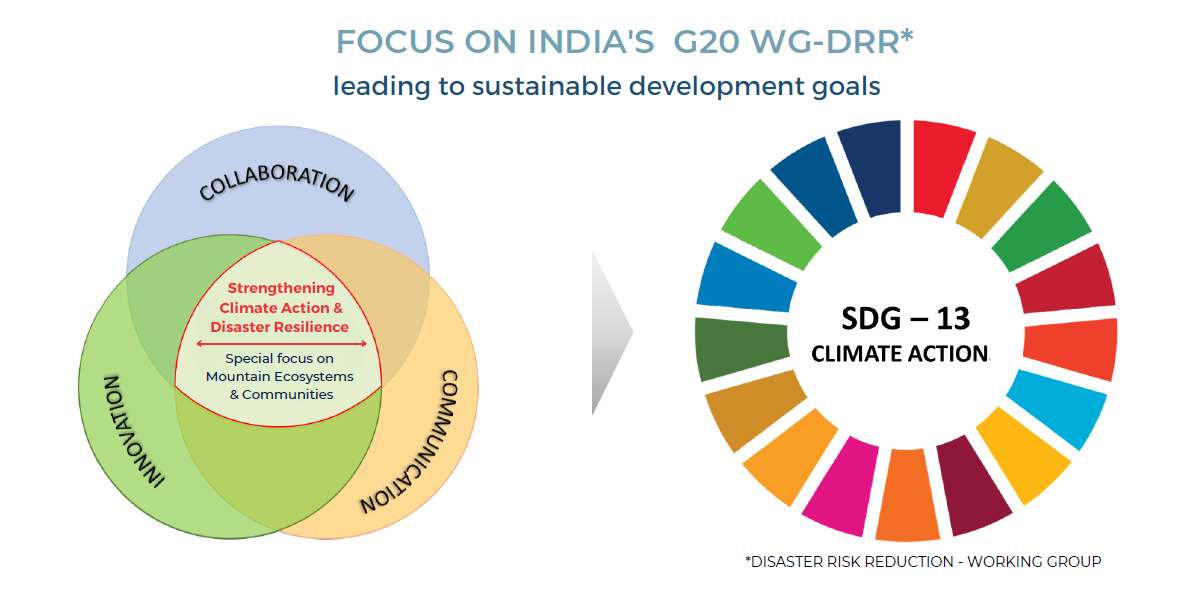With the climate crisis looming large and looking real, we are witness to increasing occurrences of disasters that have adverse impacts on the life and livelihoods of marginalized sections of society. The latest in this trend is Cyclone Mocha, an extremely severe cyclonic storm that hit the coast of Bangladesh on the 14th of May 2023, wreaking havoc on the world’s largest refugee camp at Cox Bazaar, besides affecting Myanmar. Disasters, both natural and anthropogenic, are major challenges to societies around the world.
The impact of disasters is often severe and results in loss of life, damage to infrastructure and properties, and disruption of economic activities. Disasters also have a profound impact on the mental health of the affected population, resulting in a range of psychological and emotional problems. To address these challenges, there is a need to strengthen disaster resilience through innovative approaches, collaborative efforts, community engagement, and integration of Disaster Risk Reduction (DRR) and Climate Resilience in developmental planning. It is with the intent of addressing these challenges and reaching vulnerable communities that the Sendai Framework for Disaster Risk Reduction (SFDRR) was formulated, and the Sustainable Development Goals (SDGs) were agreed upon by the world community, as "a shared blueprint for peace and prosperity for people and the planet, now and into the future.
With just another seven years remaining to realize the SDGs agenda, things are still amiss as inequity is on the rise, climate change and biodiversity losses are rapid, and anthropogenic waste is tipping the balance catastrophically and unleashing disasters at an unforeseen scale and magnitude. Interestingly, the SFDRR with same timeframe (2015-2030) as that of the SDGs aims to reduce and prevent disaster risk through an inclusive approach that reduces vulnerability, enables rapid response & recovery, and strengthens resilience.
The Paris Agreement on Climate Change was also promulgated in December 2015, with most nations signing on to date. One has to recognize the interconnectedness and adopt a systemic approach that builds on synergies, recognizes trade-offs, and maximizes co-benefits if we are to meet the targets set out by the Sendai Framework, Paris Agreement, and the SDGs, which have human well-being as their focus.

The Himalayan region, of which Uttarakhand is an integral part, is highly prone to disasters both natural and anthropogenic, and vulnerable to climate change, which is evident from the increasing frequency and intensity of extreme weather events. These disasters have significant impacts not only on the Himalayan region but also downstream, resulting in cascading impacts and multi-hazard scenarios. Uttarakhand has witnessed devastating disasters in the recent past that include 2013 Kedarnath tragedy, 2021 Dhauliganga floods, 2022 Draupadi ka Danda avalanche and 2023 Joshimath land subsidence.
These disasters have had severe adverse impacts on the pace of growth and development in the mountains as also downstream regions. At this point, it is important to recognize that India continues to be the third most disaster-prone country in the world.
Addressing these challenges, mitigating the impact of natural and anthropogenic disasters, establishing disaster-preparedness measures including emergency response plans and identifying vulnerable communities are global priorities. These would need strengthening of existing emergency response capabilities tailor-made to the requirements of respective geographies.
It is worth re-emphasizing therefore the importance of building synergies, by recognizing interconnectedness and adopting a systemic approach that acknowledges trade-offs and maximizes co-benefits, to meet the targets set out by the SFDRR and the SDGs for human well-being.
The IPCC Summary for Policy Makers, IPCC Sixth Assessment Report (AR6) recognizes the interdependence of climate, ecosystems and human societies, and states that there is a rapidly narrowing window of opportunity to enable climate resilient development, and that “multiple interacting choices and actions can shift development pathways towards sustainability.
This is supported by the vision of the United Nations Office for Disaster Risk Reduction (UNDRR) for a world where disasters no longer threaten the well-being of people and the future of the planet. Sustainable Development and the 2030 Agenda, according to UNDRR, can not be achieved without the goal of building resilience. India’s own National Disaster Management Plan recognizes this and envisages coherence and mutual reinforcement of all SDGs and COP21 mandates using SDG-13, Climate Action, to turn the levers.

Therefore, recognizing that 3.3 to 3.6 billion people are highly vulnerable to climate change owing to the context they live in and that climate change is fast enhancing disaster risk in the mountainous regions across the world, the 6th World Congress on Disaster Management (6th WCDM) places “Strengthening Climate Action & Disaster Resilience” with special attention to ‘Mountain Ecosystems & Communities’ as the central focus of deliberations. The 6th WCDM also acknowledges that SDG-13 Climate Action could serve as the window to integrate the targets of all SDGs with the goals of the SFDRR, which would improve the resilience of ecosystems and communities.
The 6th WCDM, therefore, focuses on a three-pronged Climate Action strategy to strengthen Disaster Resilience, namely:
1
Innovation
To drive climate adaptive technologies
2
Collaboration
To develop climate resilient ecosystems
3
Communication
To implement climate responsive practices